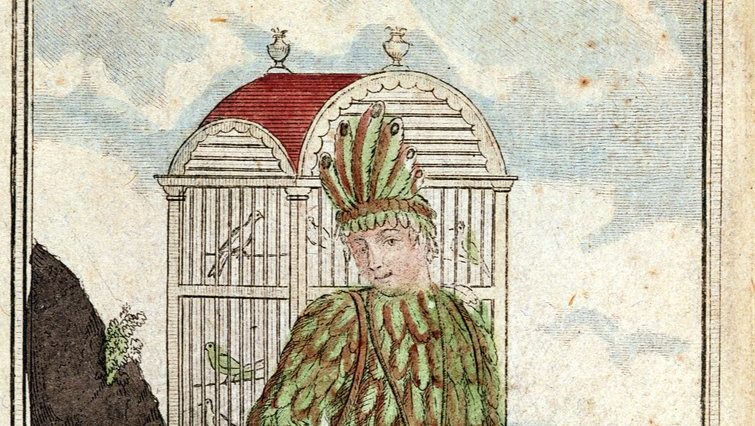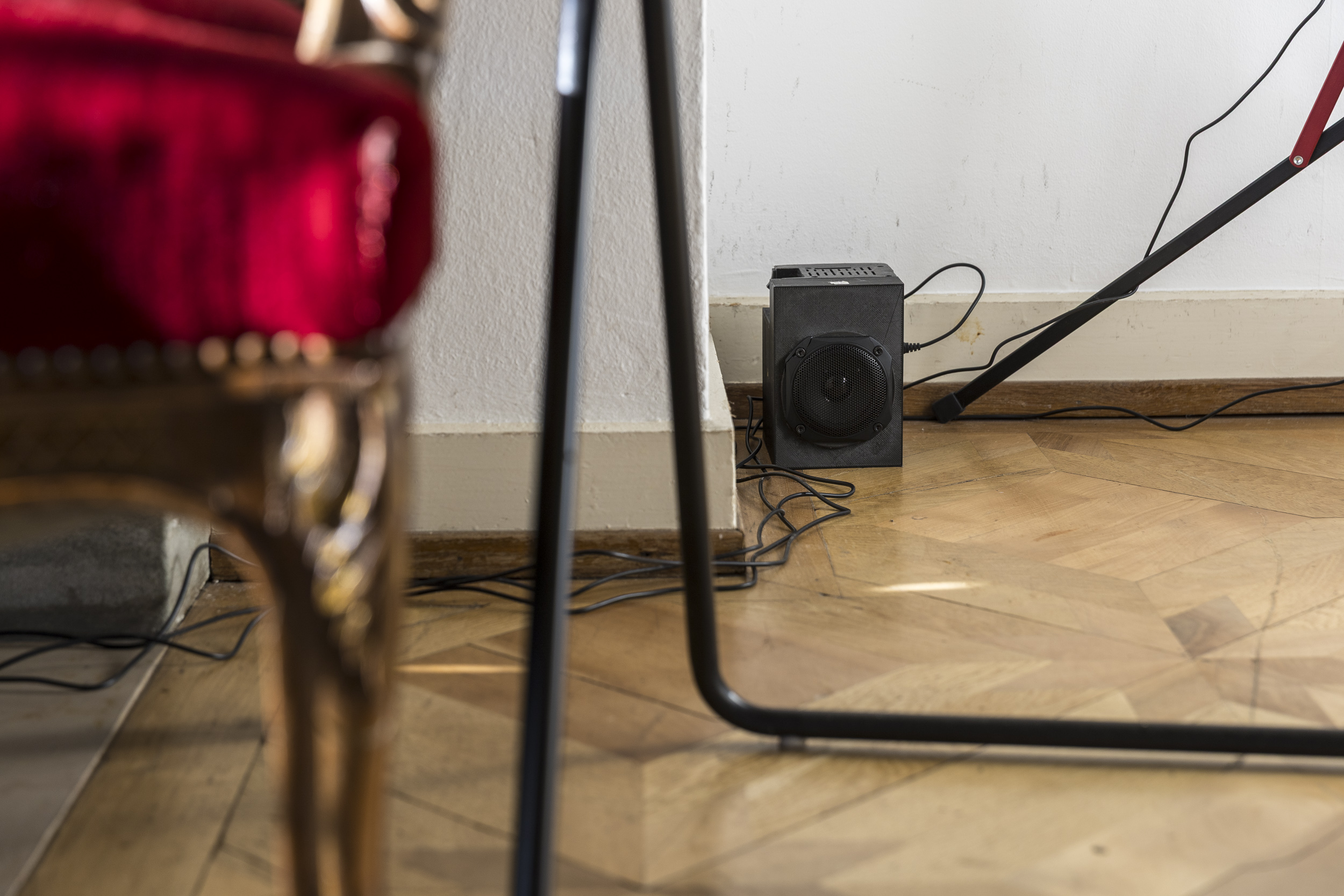Jean-Luc Hervé
Sombre / Topos – Music salon with a population of sound animals
Sound diffusion, performance & seminar
Project in partnership with Utopiana, the Musicology Unit of the University of Geneva, and L’Itinéraire Paris.
“To install loudspeakers and a musical instrument in a house, as Jean-Luc Hervé does in Sombre, is to learn how to inhabit a space through sound. This aesthetic act raises important questions. When musical composition becomes an in-situ exploration, the traditional boundaries of the concert begin to blur: where does the text end and the context begin? Is the audience listening to a work, a place or a relationship? What kind of connection emerges between pre-programmed sounds and those generated in the here and now?” — Nicolas Donin
9.11 – 2 pm–8 pm Sound diffusion and performance (12 min.) performed by Myrtille Hetzel at 3 pm, 4 pm, 5 pm and 6 pm.
14.11 – 10 am–12 pm. Musicologist Nicolas Donin interviews Jean-Luc Hervé about his ecological approach to composing for spaces and in particular about the choices made for the sound installation presented at Utopiana. With the participation of the audience and students from the seminar Ecological Issues in Music and Musicology (University of Geneva).
Jean-Luc Hervé is deeply inspired by nature, and his compositional practice explores the relationship between music and environment—both in the writing itself and in the forms and contexts of performance and sound installations. He draws a parallel between listening to new music and the experience of a walk in nature, where the ear remains alert to the surrounding sonic landscape.
Sombre, for cello and sound installation, forms part of a cycle of solo and chamber pieces that invite audiences to tune into their environment. The musician becomes a guide, opening our ears to the sounds around us. Like Saint Francis of Assisi, Papageno or the bird-whistlers of old, the performer enters into dialogue with the invisible presences that populate the space. At Utopiana, the house is transformed into a resonant ecosystem of dispersed and unseen sound sources. Each one repeats and gradually evolves a short musical motif, forming a vast polyphony reminiscent of animal communities in nature—of insects, amphibians or birds. Specific moments are designed for close listening, as a group gathers around the cellist performing the Sombre score. The music begins by weaving itself into the polyphony of the installation; then, as the instrument’s tones unfold under the musician’s hands, the sounds come alive, gain independence and continue developing even after the performer has left—forming a new “population” of sonic creatures.
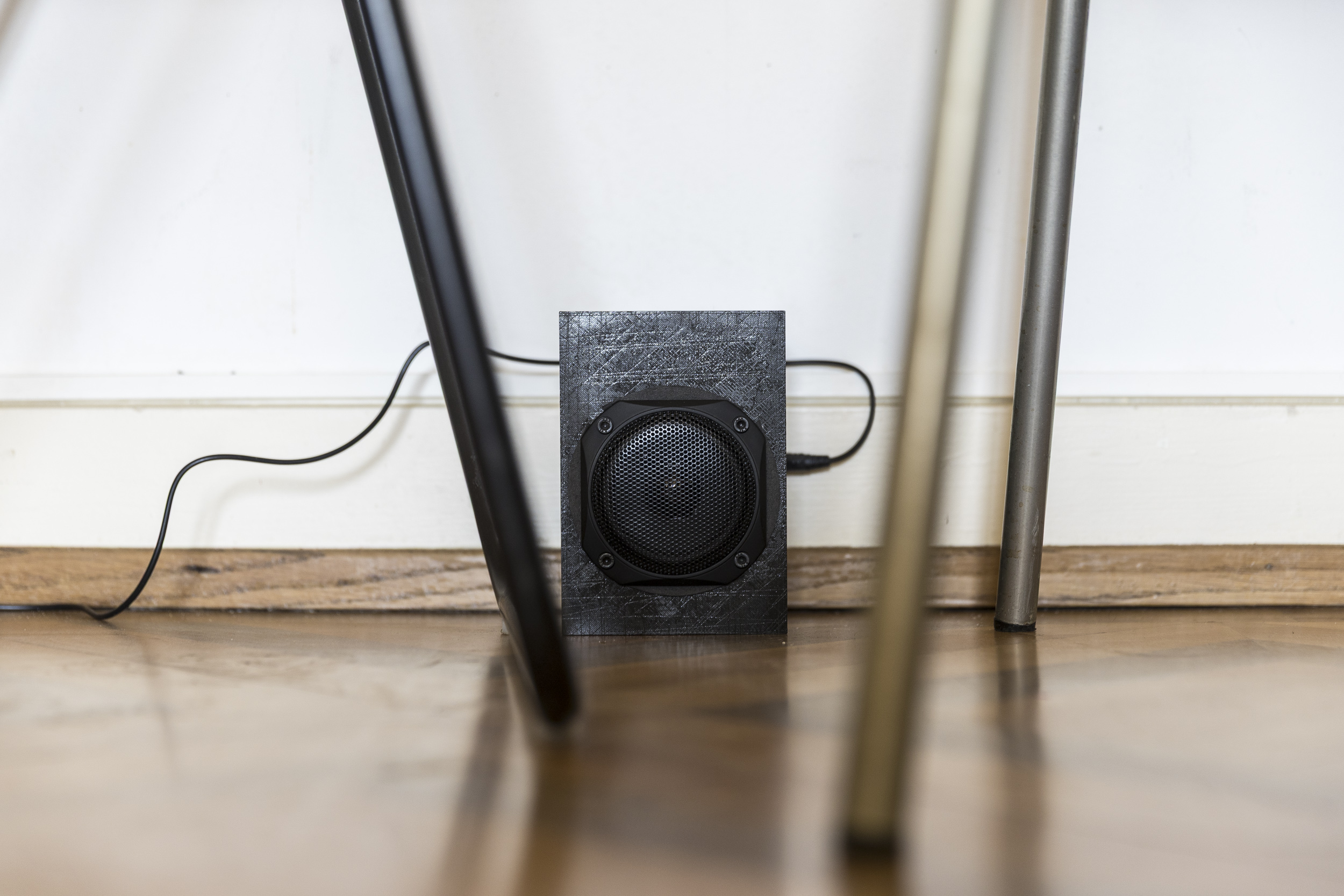
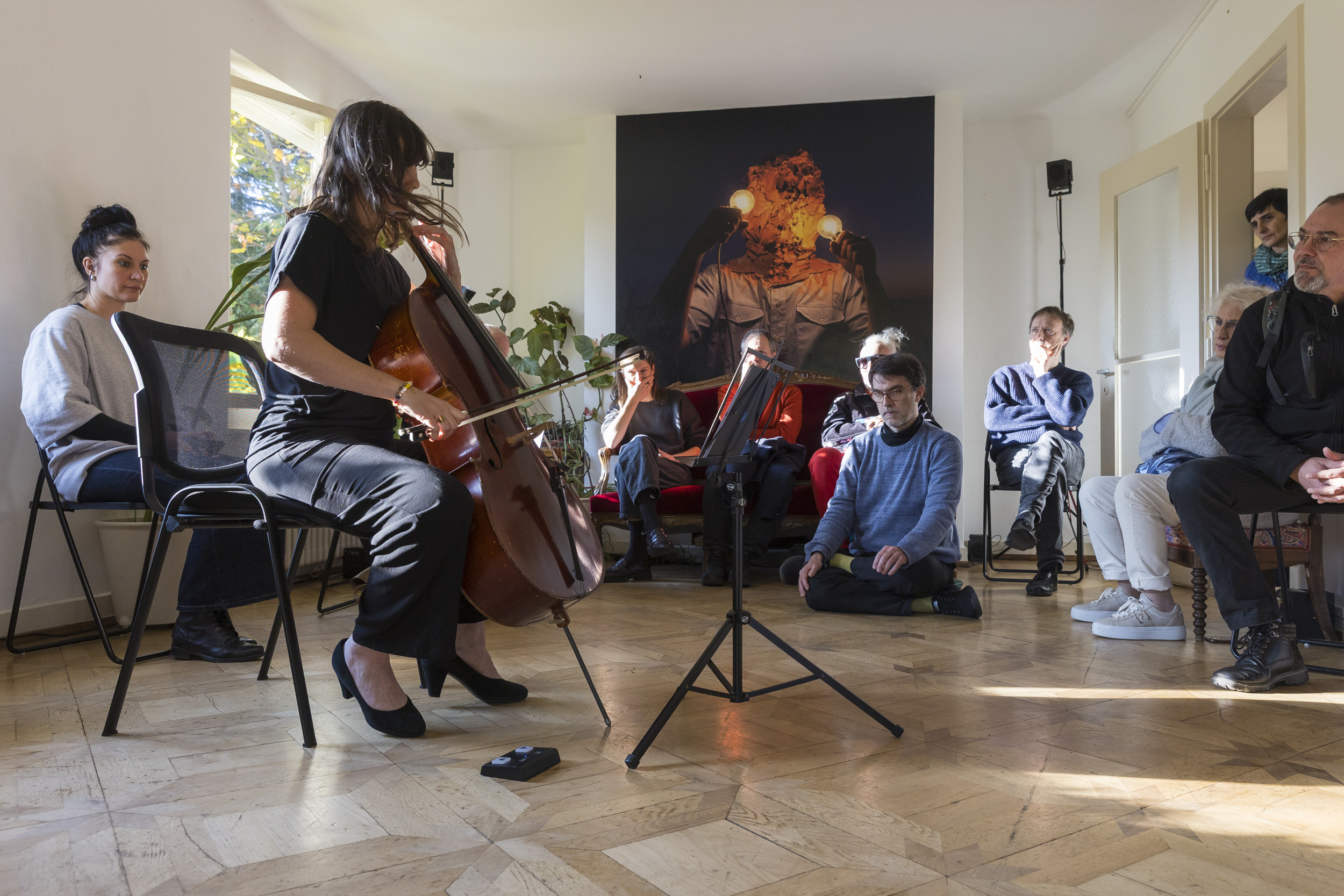
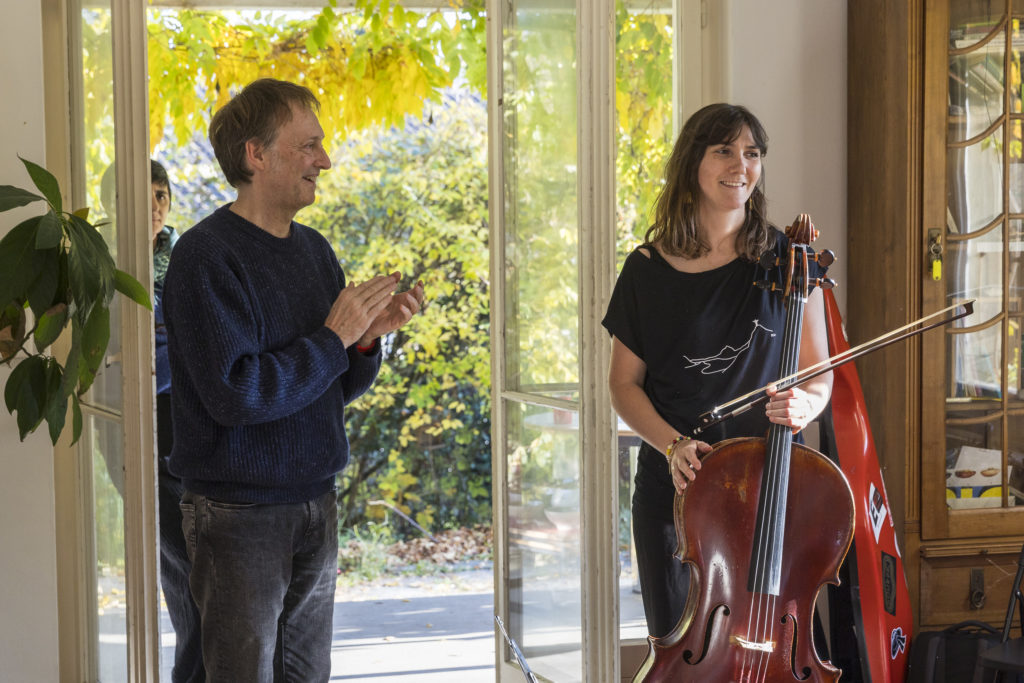
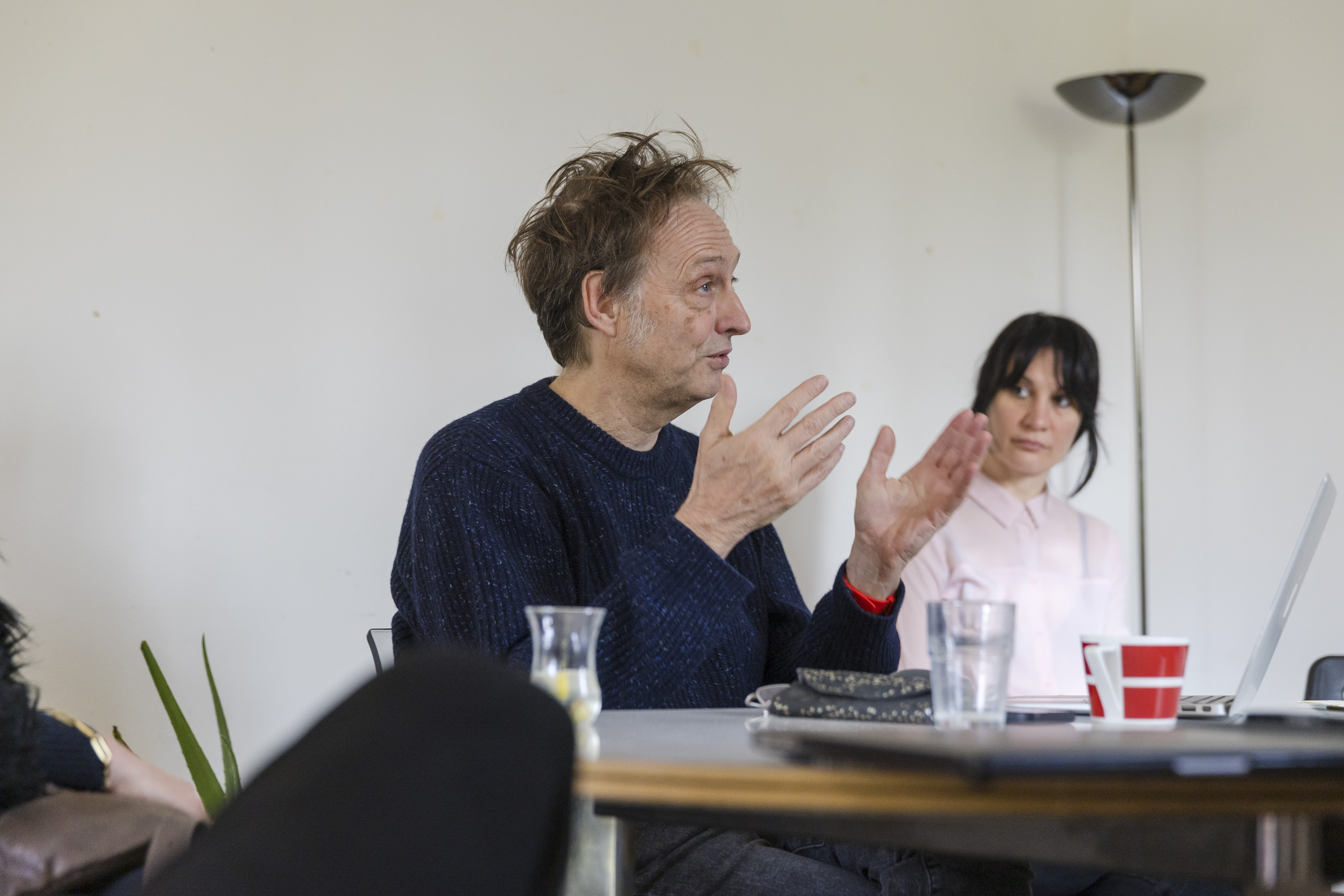
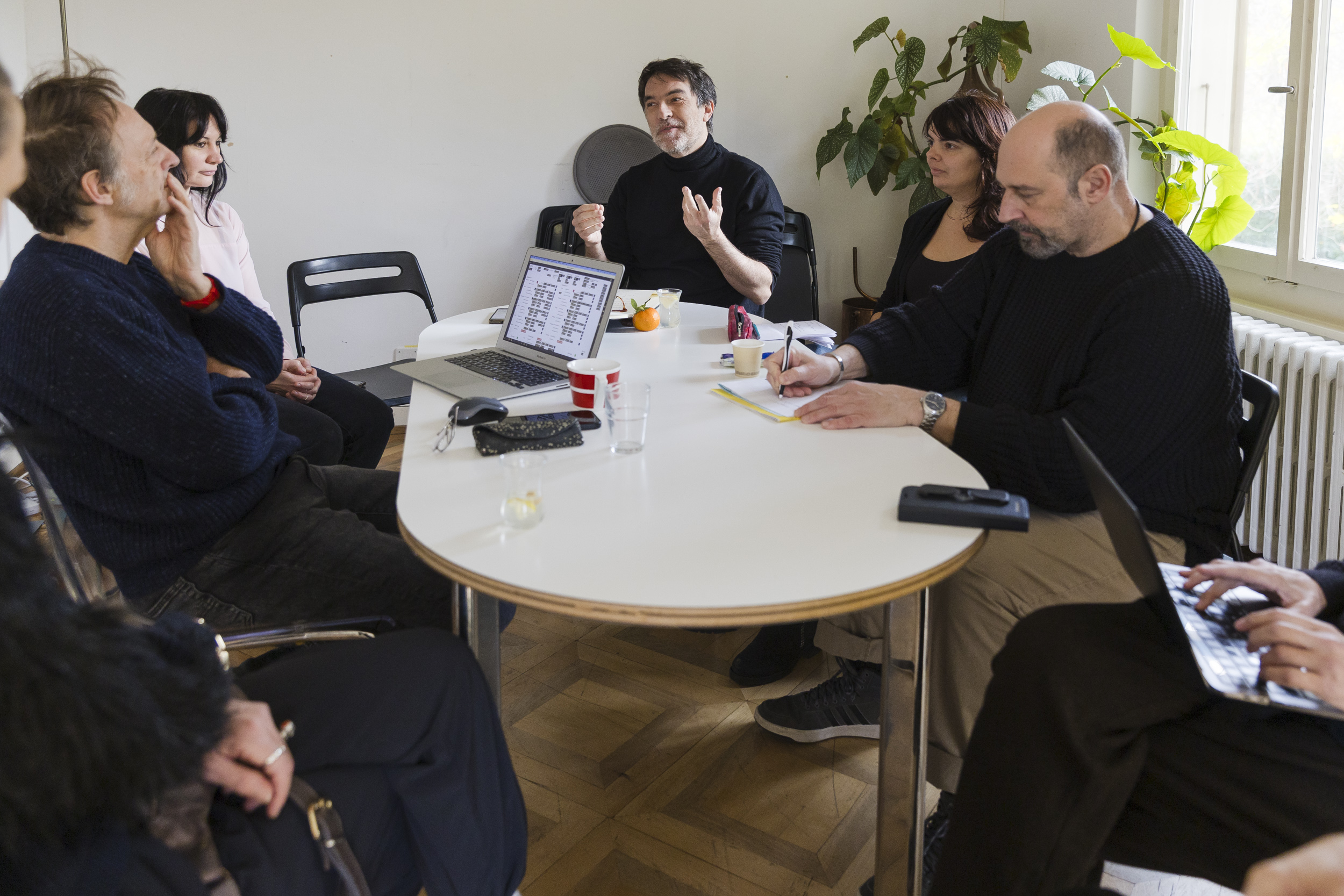
Credits
Performer: Myrtille Hetzel
Sound engineer: Camille Giuglaris
Executive producer: L’Itinéraire, Paris

